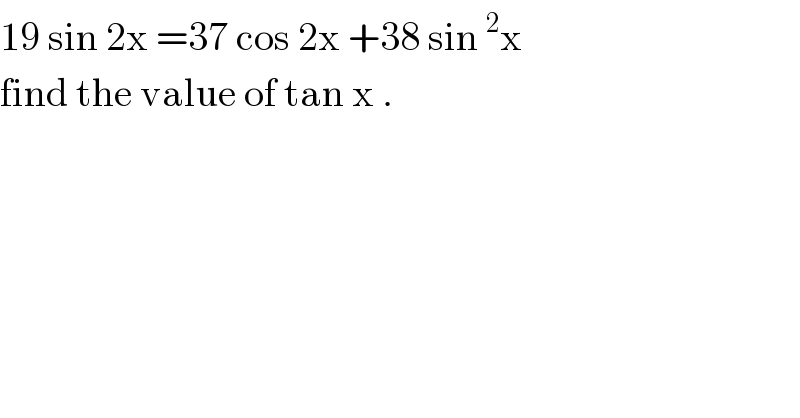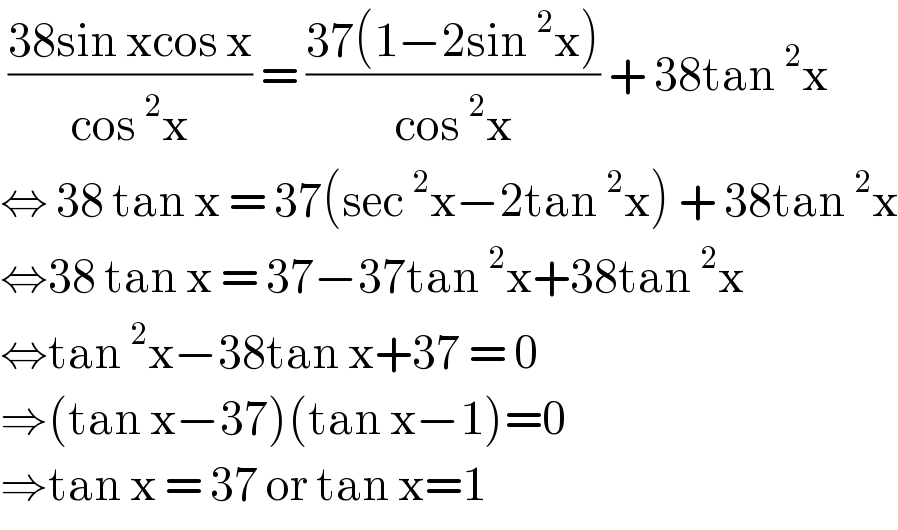
Question and Answers Forum
Question Number 121522 by benjo_mathlover last updated on 09/Nov/20

Commented by liberty last updated on 09/Nov/20

Commented by MJS_new last updated on 09/Nov/20

Commented by benjo_mathlover last updated on 09/Nov/20

| ||
Question and Answers Forum | ||
Question Number 121522 by benjo_mathlover last updated on 09/Nov/20 | ||
 | ||
Commented by liberty last updated on 09/Nov/20 | ||
 | ||
Commented by MJS_new last updated on 09/Nov/20 | ||
 | ||
Commented by benjo_mathlover last updated on 09/Nov/20 | ||
 | ||